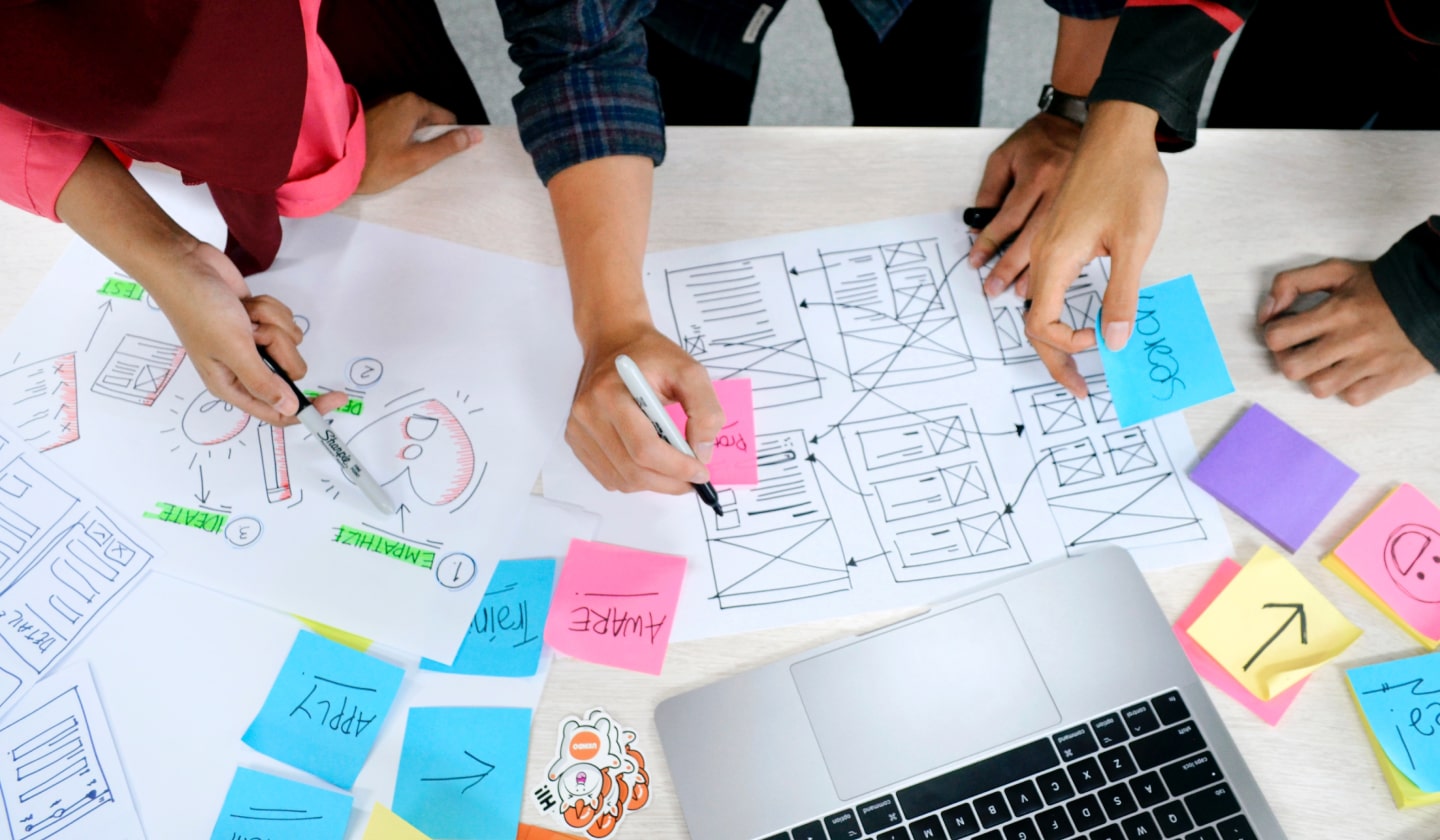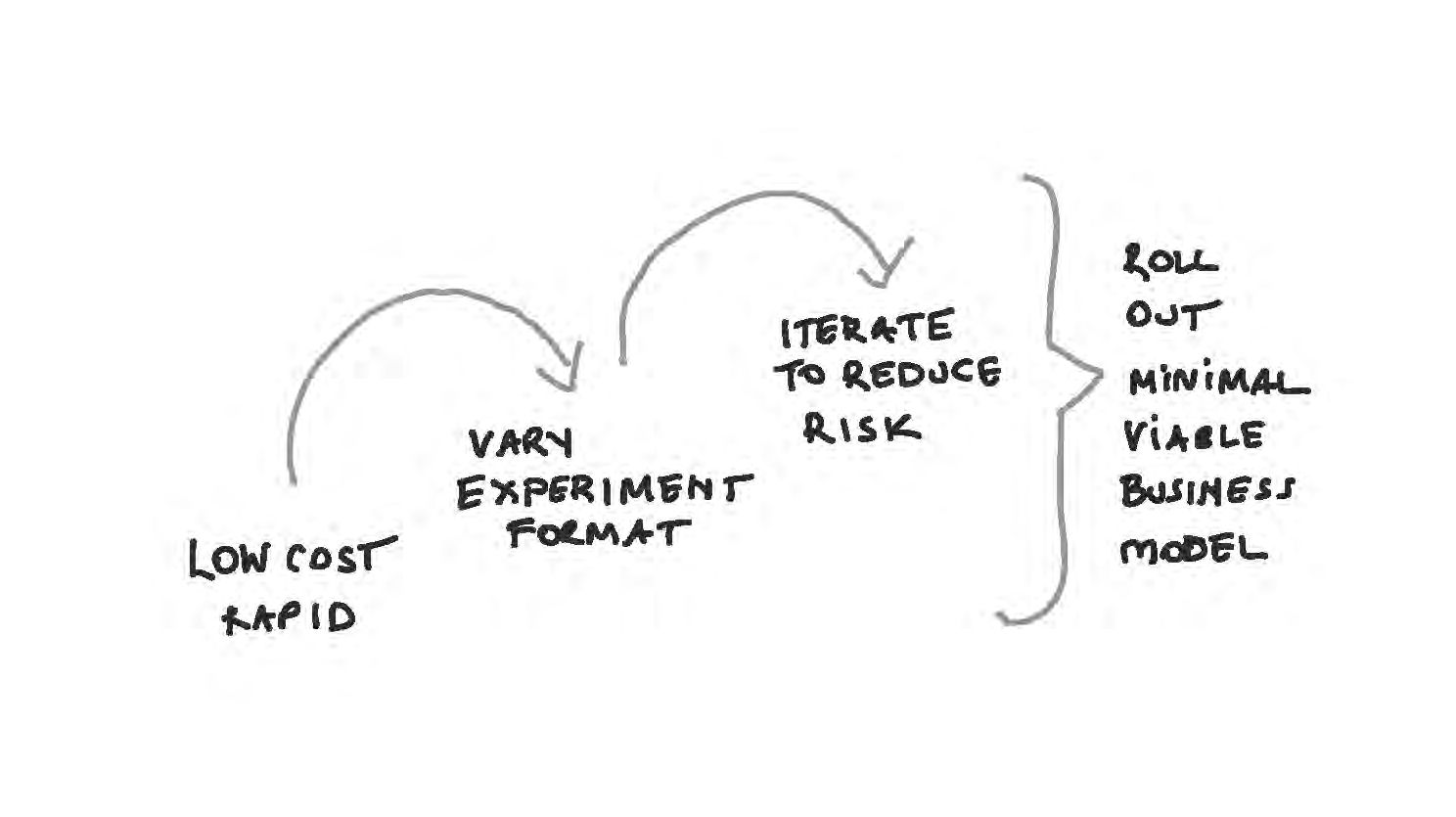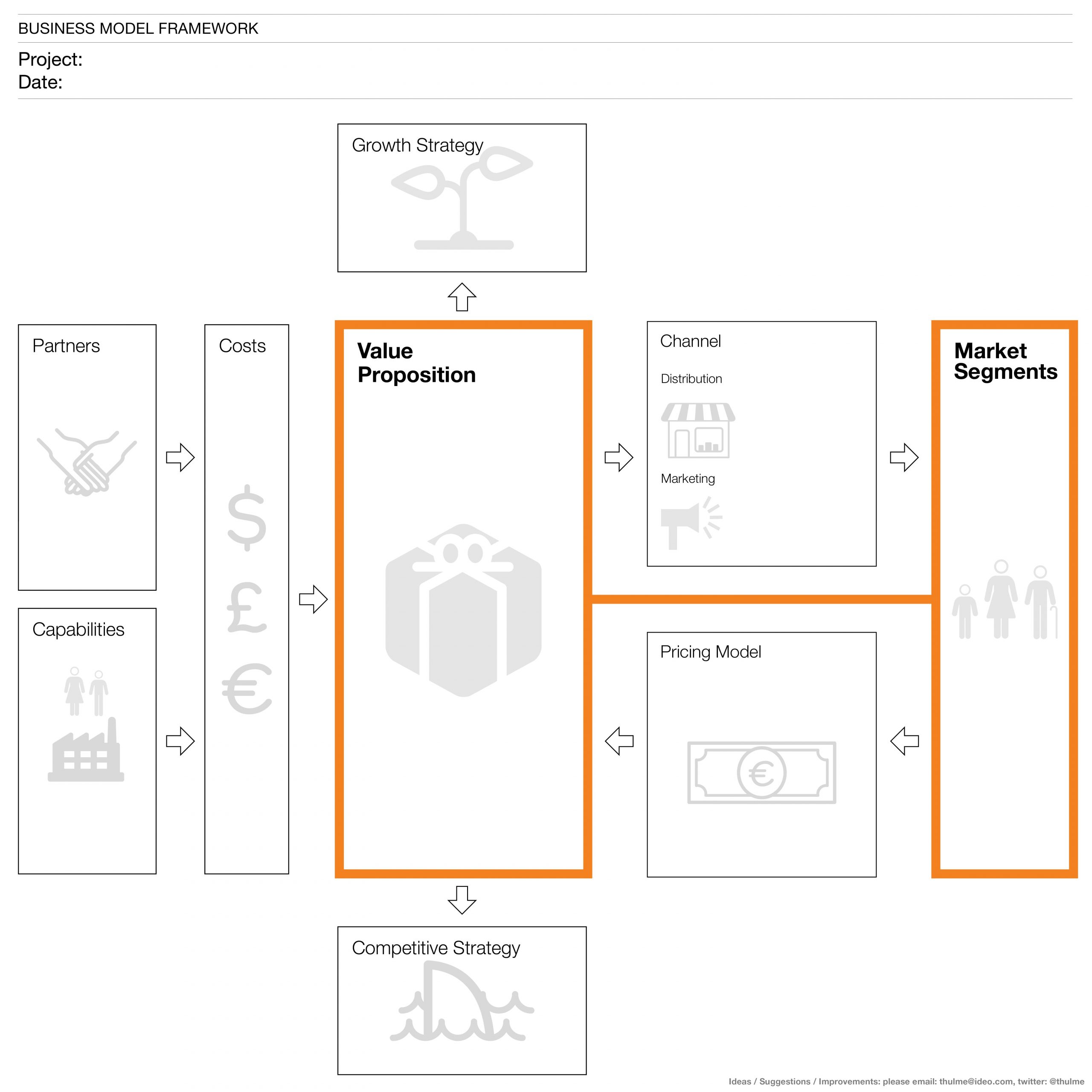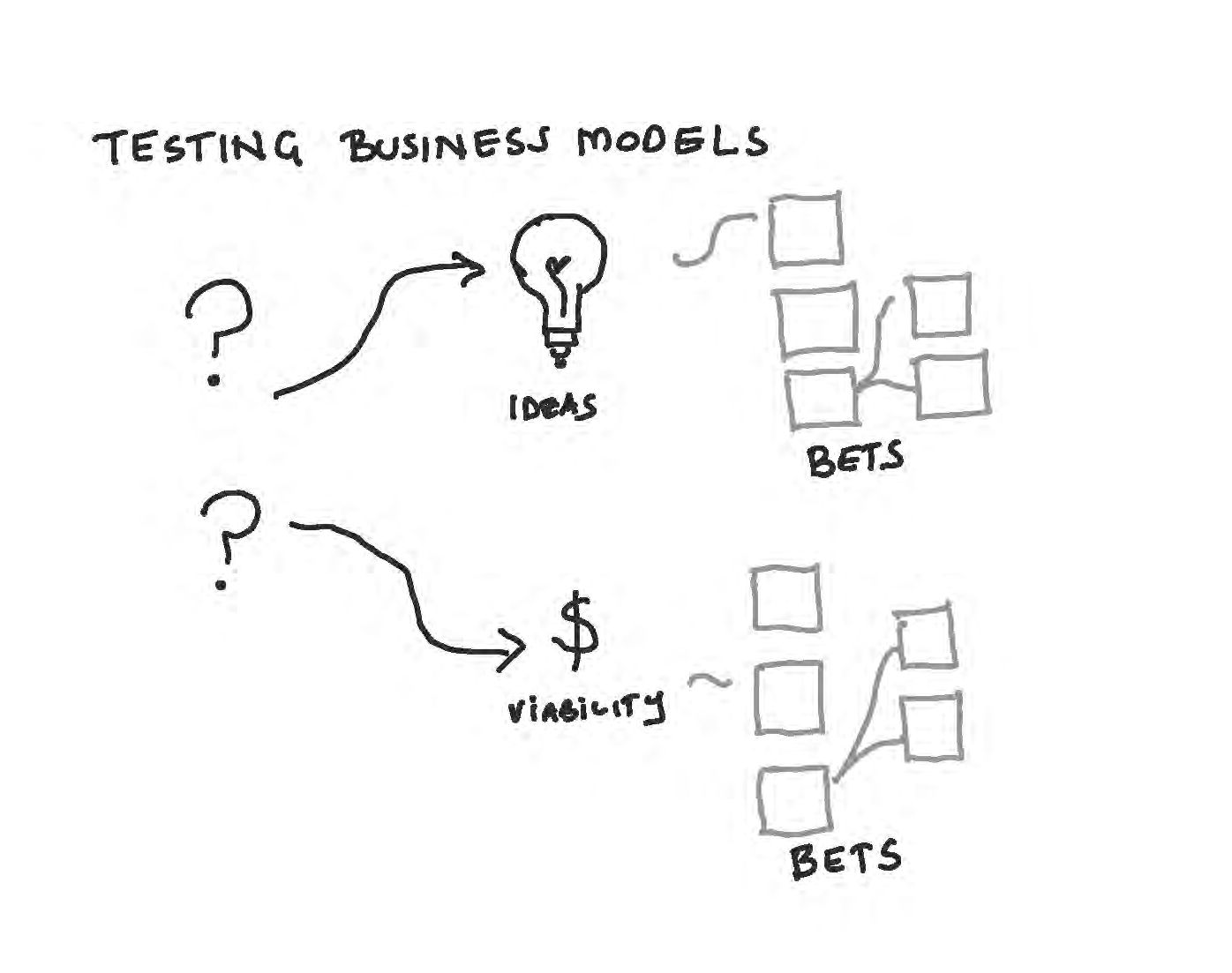De-risking business innovation through low cost prototypes


Written by: Louise Kelly
People leader, research, experience & design

Written by: Louise Kelly
People leader, research, experience & design
Today’s pace of digital transformation and disruption, mean businesses must fail fast, fail often and fail forward. Low-cost business model prototyping allows a business to fail well, by iterating through failure to success, through rapid experimentation.
Fail well
Failing well, means the business is pursuing disruptive innovation, with the goal of introducing a better business model. Failing poorly, means the business is risk adverse, clinging to the status quo, and not actively engaged in ongoing experimentation.
Signs a business is failing poorly includes the failure to create significant gains in value with each improvement and the defection of customers to competitors. Failing well means the product and the business are still in prototype stage and are making leaps in value, as they iterate their way to success. When a business is failing well, a greater percentage of customers are saying they would be ‘very disappointed’ if they could no longer use the business.
Leaders in growth revere failure. It is through the iteration of serial failure, that a business discovers the formula for success. When Musk started Tesla and SpaceX, he gave them both a 10% chance of success, odds that improved as the business learned through failure, as Elon Musk observes;
“If things are not failing, you are not innovating enough. You don’t learn when everything goes smoothly, and if you aren’t learning, you can’t adapt to changes or the future.”
Failure is accelerating
Failing is no longer optional, it is a reality for all business, and it is either done well or poorly. As the pace of disruptive change accelerates, so too does the pace of failure.
The pace of failure is evident in the shortening business model lifecycles and lifespan of a business. In 2020, the lifespan of a Standard and Poor’s 500 company was 21 years, compared to 32 years in 1965. This reduced shelf life is about to halve again. Innosight forecasts by 2027, the average lifespan of a S&P 500 company will be just 12 years.
As failing poorly companies exit the S&P 500, they will be replaced by the failing well, typically new entrant tech companies and hybrid tech companies. The shifts in business value will be seismic. Tesla, the biggest ever new entrant on the S&P 500, had an entry level market value larger than other U.S car makers combined. Tesla’s disruptive impact forced the existing S&P 500 car manufacturers to change their business model and commit to exclusive EV production over the next 15 years.
Bets on better business models
Disruptive innovation involves the modification and adaption of business models to dramatically redefine how value is captured and created in the market. By staging bets, using low-cost business model prototypes, a business can determine a winner from a range of options. There is no destination to failing well, new business lifecycles need to emerge as existing business lifecycles reach maturity. The process of rapid business experimentation is ongoing.
Business models as stories
To be effective, business models need to easily be articulated as a story, to ensure a shared understanding critical for success. Stories are foundational for both business model design and execution, as Harvard Professor of Strategy, Joan Magretta explains;
‘business models are “at heart, stories. Stories that explain how enterprises work. A good business model answers Peter Drucker’s age-old questions: ‘Who is the customer? And what does the customer value?’
The business model canvas/framework developed by both Strategizer and Google Ventures, tells a visual story of the business model, which literally brings everyone and the business model, on the same page. It provides a clear way to lay the business bets side by side for comparison and allows business designers to socialise the business model across the organisation and educate stakeholders. Storytelling is vital to success, businesses that fail to socialise their business models as stories across the organisation fail to execute.
Google Ventures business model framework
The business model framework maps the job to be done or needs to be addressed. It defines the value created, the customer segments, point of differentiation, pricing, channels to market and the team and capabilities required to deliver the business model.
Business model formats
As Mark Johnson explored in Seizing the White Space, business models often conform to one of a number of basic formats.
A business can ideally incorporate several business models, to generate either once off or recurring revenue streams. Experimentation with a range of business models, can open the door to new revenue streams.
Below is a more up to date list of business models, a revision based upon a list published in Mark Johnson’s Seizing the White Space;
Royalties – paying royalties to large organisations for the right to market to their customers
E-commerce – buyer and seller transaction fees
Ecosystems – platform enabled products providing value to customers within the ecosystem
Affiliate – content creators receiving revenue on sales generated
Advertising – content creators receiving revenue on impressions generated
Bundling – packaging up goods and services together eg: device, content and data subscription
Service rates – different rates for discrete services – Mobile packages
User generated content – exchange of content from an online community – YouTube
Disintermediation – cutting out the middle man
Fractionalisation – partial use of something
Freemium – basic services for free, premium for a fee eg; Slack, Evernote
Lease – rent rather than sell
Low Touch – reduced prices based on limited service eg; Kmart
Subscription – Netflix and Spotify models
Auction and on-demand – products and services prices which vary according to demand such as Uber
SAAS – software supplied by subscription such as Salesforce crm
Channel sales – agents or resellers, selling your product on your behalf
Data – businesses that sell customer data or provide superior services through big data intel
Designing rapid experimentation
Business prototype rapid experiments can be designed and executed in just hours. The experiments often start with simple storyboards and customer interviews and then deploy other experiment designs such as; storyboards, search trend analysis, A/B split tests, Concierge models, Lemonade stand prototypes, Presales, Rapid application prototypes and Crowdfunding.
Here is a high-level guide to some of the more popular rapid experimentation formats;
Storyboards
Value propositions can be tested using storyboards of a customer journey, depicting the value brought to a customer’s life. Customer interviews, preference testing and importance versus performance testing, can be used to test the relative strength of the value proposition.
Search Trend analysis
The natural language of a customer and their perception of the ‘job to be done’ are a rich source of keywords that can be used to test for broad appeal of business model and product concepts. To meet the specific requirements of an experiment, keywords can be extracted from multiple sources including; Amazon’s Jungle Scout, Google SEO tools like SEM Rush and App keyword tools such as AppFollow.
A/B split tests
Emails, Ads and content on social and web, can be used to test for business concept appeal. Dropbox got its start with a smoke and mirrors explainer video, showcasing the product features and benefits. The video was posted onto popular online communities such as Reddit, which matched the target persona. The test registered 60,000 signups, a proof of concept which blazed the trail for a successful product launch.
Concierge models
Zappos, which sold to Amazon for $1.2 billion, started life in 1999 as an online shoe store without inventory. When Zappos received a customer order, they would buy the shoes from a bricks and mortar store to fulfill the order. This approach allowed Zappos to test the appeal of the online shoe store, without the exposure of investing in inventory. This testing model is now known as concierge.
Lemonade stand prototypes
Live prototyping, in contrast to online prototypes, allows customer interviews to provide live feedback as customers experience the product hands on. Live prototype testing in a staged physical environment is known as a lemonade stand prototype.
A cardboard prototype of the Dyson vacuum.
Viability experimentation
Once the desirability of a business model has been validated, it is important to test for viability.
Viability testing needs to answer the following questions;
- Do prospects care enough for a new solution to actually pay for it?
- Can an acceptable margin be justified?
- Is the market large enough to accommodate another market player?
- If it is a digital product, is it built to scale? If it is a physical product, can the inventory keep up with demand?
The most reliable viability testing comes from sales simulation, a test of a customer’s willingness to pay for a product or service, examples of viability experiments include presales, rapid application prototypes and crowdfunding.
Presales
Product and business model appeal is best tested by presales when customers part with funds in advance. These presales can be based on a quota to kick start production, experiments where the offers did not go ahead, result in a customer refund.
Rapid application prototyping
No-code programming platforms, allow for the creation of Rapid Application Prototyping (RAP), creating usable apps or features, in a fraction of the time of a code-based app build. Such prototypes are perfect for seed stage businesses, allowing for cost effective and quick iterations of the application, until the business reaches product market fit.
Crowdfunding
Crowdfunding, where audience take a small equity stake in the concept is a robust way to test business model viability. Many successful start-ups had their beginnings in crowdfunding. Oculus, the virtual reality headset, which was purchased by Facebook for $2 billion in 2014, raised $2.4 million in 4 hours, with a video of a working prototype.
Conclusion
Failing well through low-cost business prototype innovation is key to survival as disruption accelerates. As the rate of disruption will increase two-fold over the next 10 years, speed is essential. Businesses which embrace rapid experimentation and iterate towards success, are the new market leaders.
- https://www.inc.com/erik-sherman/elon-musk-tesla-spacex-success.html
- https://www.imd.org/research-knowledge/articles/why-you-will-probably-live-longer-than-most-big-companies/
- https://www.innosight.com/insight/creative-destruction/
- https://www.ftadviser.com/investments/2020/12/02/tech-will-be-changing-the-s-p-rankings/
- https://theblacklight.co/2020/03/19/innovation-growth-mindset/
- https://hbr.org/2002/05/why-business-models-matter
- https://www.uschamber.com/co/start/startup/successful-crowdfunded-startups
Louise Kelly
Hearts and Minds








‘copyright Tom Hulme